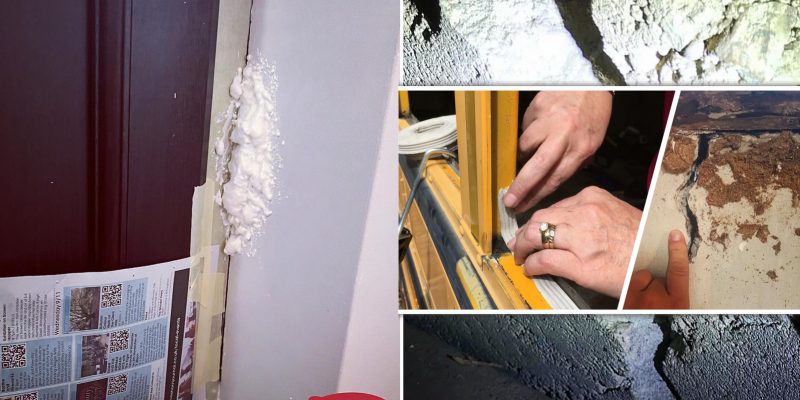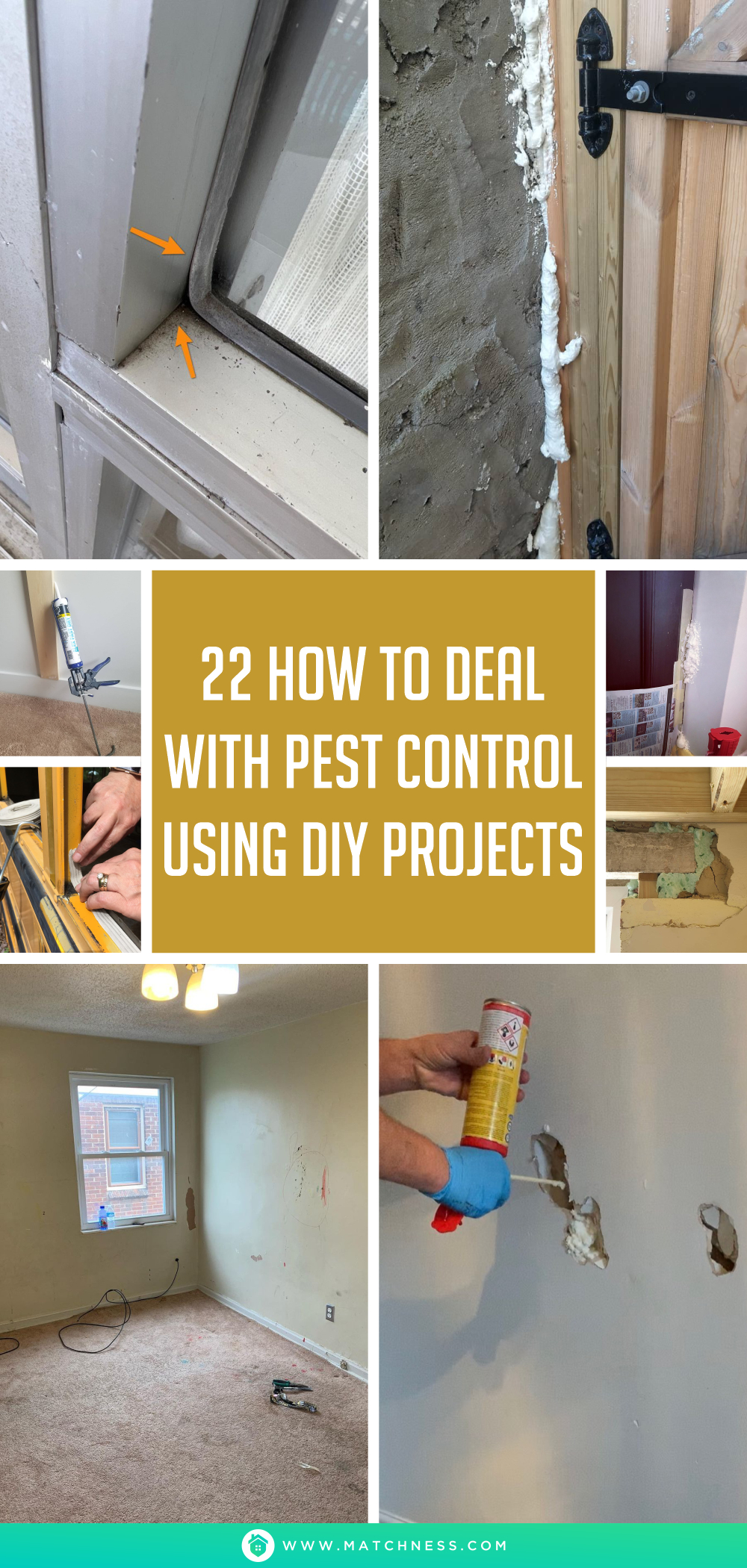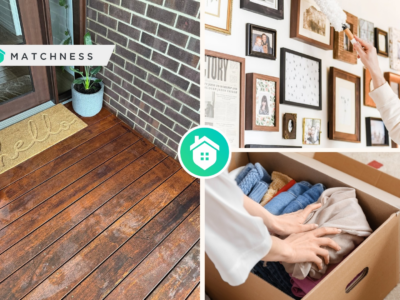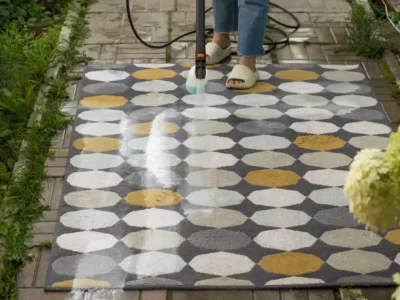The pest can be really annoying and some kinds of them may affect our health. Sometimes, we think that our home is already safe enough from pests but surprisingly, it comes to our home without even knowing how can they come inside the house. Well, have you ever checked on the walls of your house? The wall can be a source of the small insects that come from the crack. Also, if you have gaps, then there will be larger insects and bigger pests like mice. You can visit Power Pest Control if you need a professional to deal with your pest problem. However, is it possible for us to deal with the pests without asking for a professional? The answer is ‘YES’! How? Go down for the complete ideas.
1. Copper Mesh
You can check on the foundation where the gaps commonly appear. Then, you can plug the gaps with the copper mesh. It is really easy but also able to patch up the gaps effectively. Don’t forget to seal it with foam to completely make the gaps disappear.
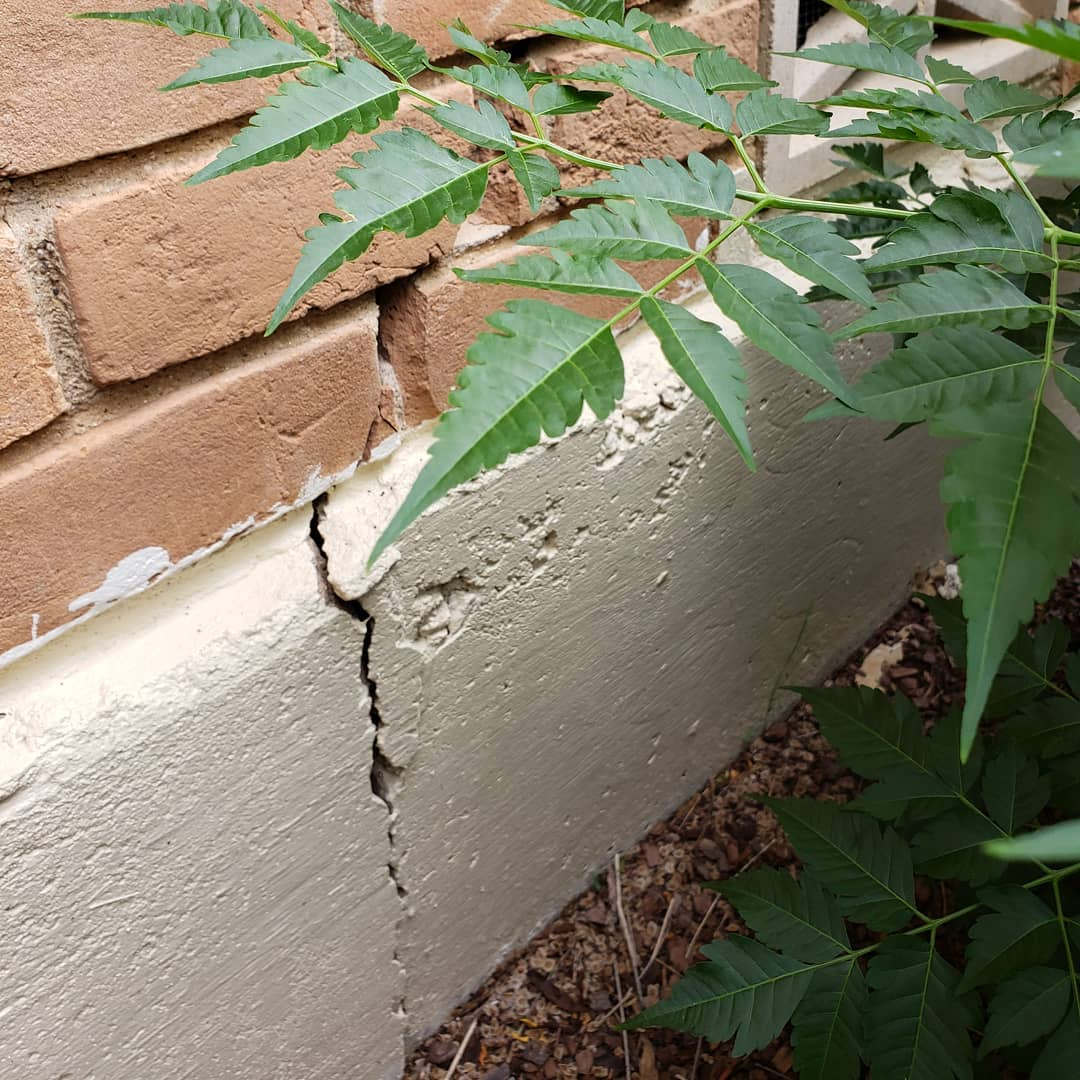
Cracks in the foundation will usually be a reproach for pests to enter your home. Therefore you have to fix it and not leave even the slightest hole. Here you can use copper mesh to cover the cracks so that your house will be safe from pests. Copper Mesh for Foundation crack from @home_inspector_dfw
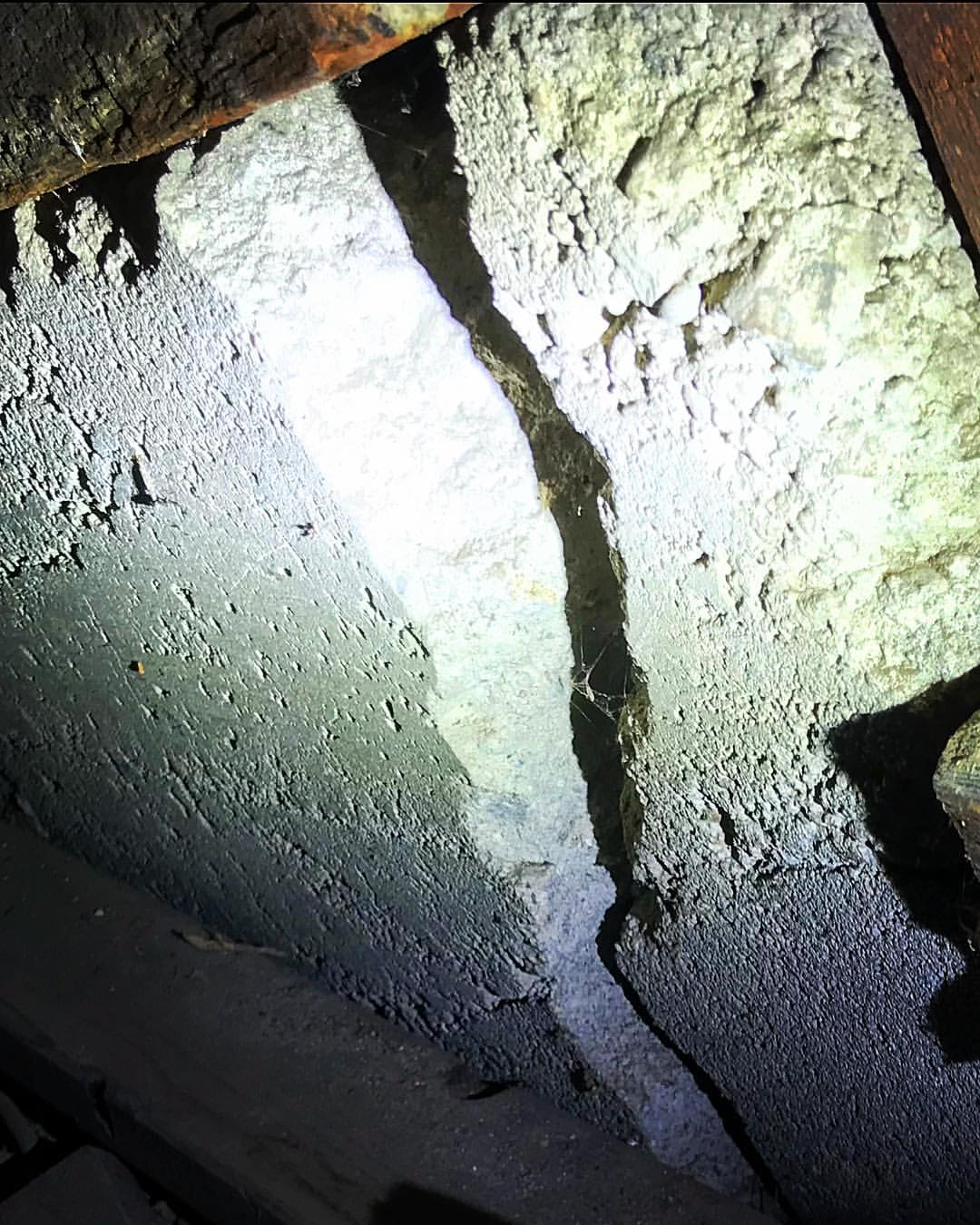
Look at the foundation of this house! Having cracks that are wide enough, allows pests to attack your home. Here you can use copper grid to cover the cracks in your home foundation. In this way, the problem of pests in your home will be resolved and not only, in this way your home will not suffer any lasting damage. Large Foundation Crack from @alphastructural
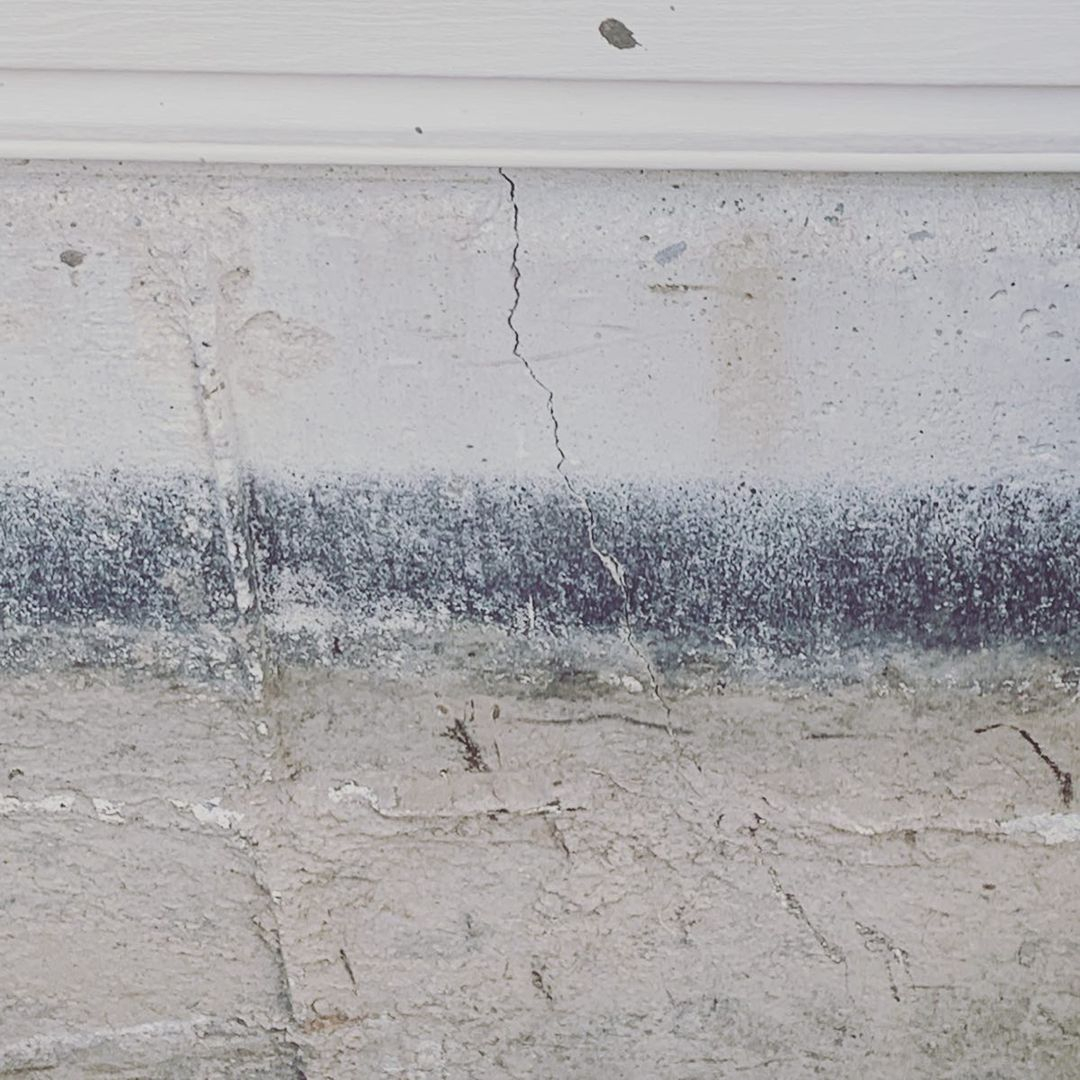
Cracks in the foundation are one of the reasons pests can damage your home and even enter the room. Use copper mesh to cover the slopes on your foundation so that there will not be the slightest gap for pests to breed there. This method is quite easy and you can do it yourself. Concrete Foundation Crack from @drainrockindustries
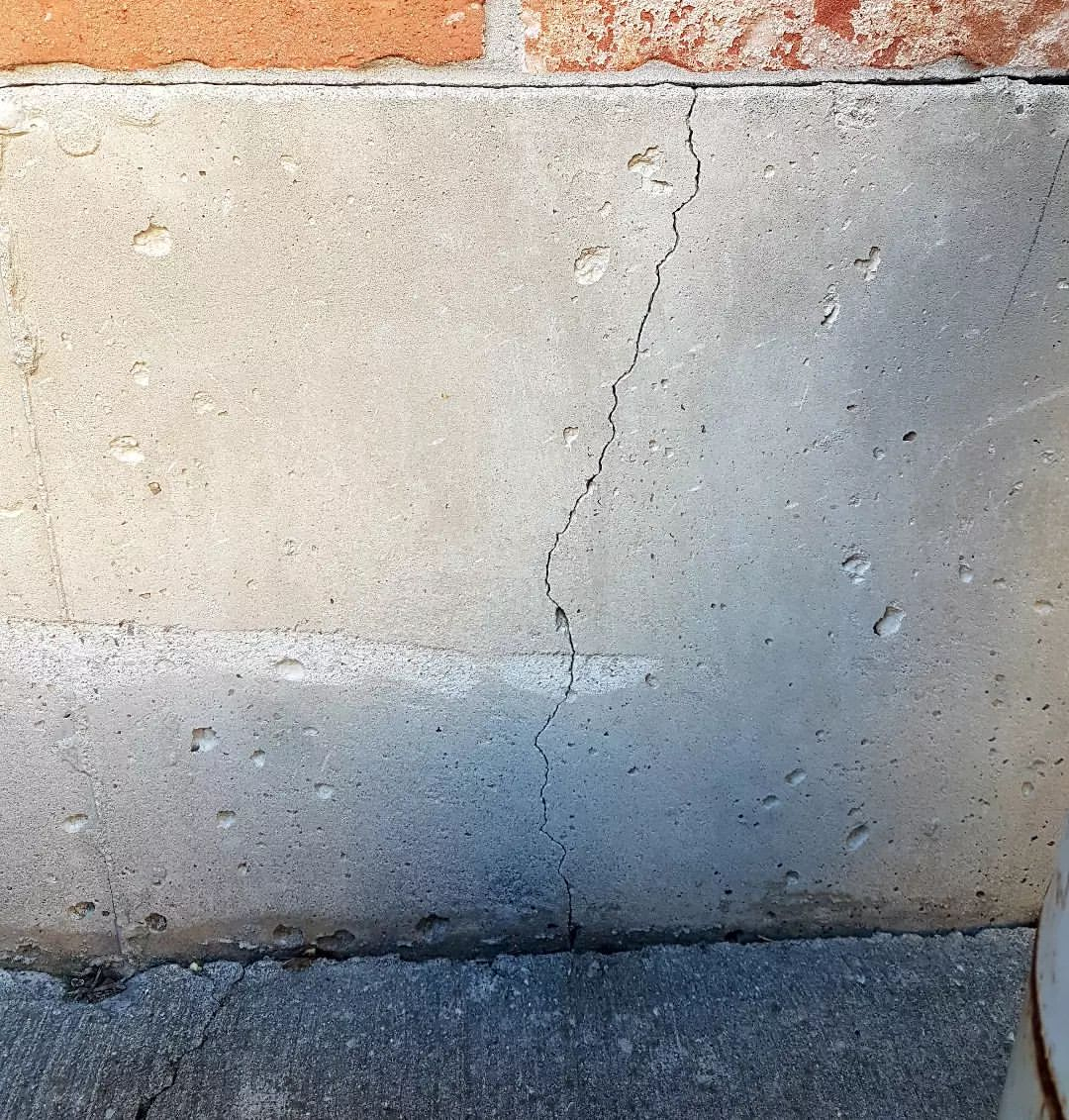
The foundation made using concrete has cracks that pests may access. Cover this crack using a copper net so that pests cannot enter the gap. This one idea is perfect for dealing with pest control. Foundation Crack from @canadianfoundationspecialists
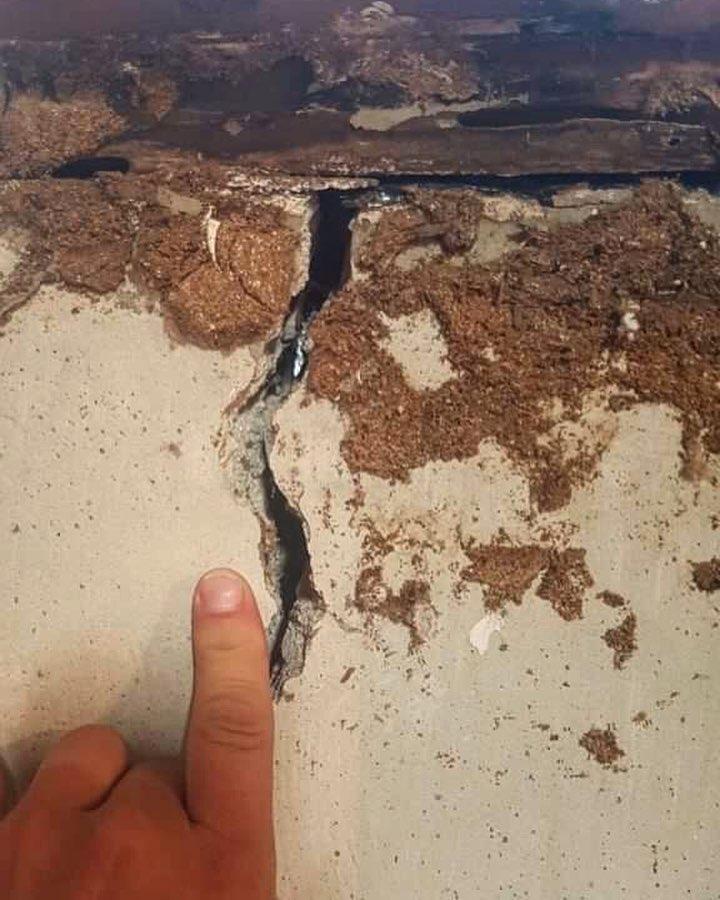
There are many ways you can do to deal with pest control, one of which is to close the cracks in the foundation of your house. Here you can use copper net to solve this problem. In this way you can avoid insects in a fairly easy way without having to bring in experts. Repair Foundation Crack from @basementworx
2. Caulk the Gaps
By simply using the acrylic latex caulk, you can seal the gaps between the trim and siding. You just have to fill the gaps and wait until it dries then you can smooth the bead with a wet finger.
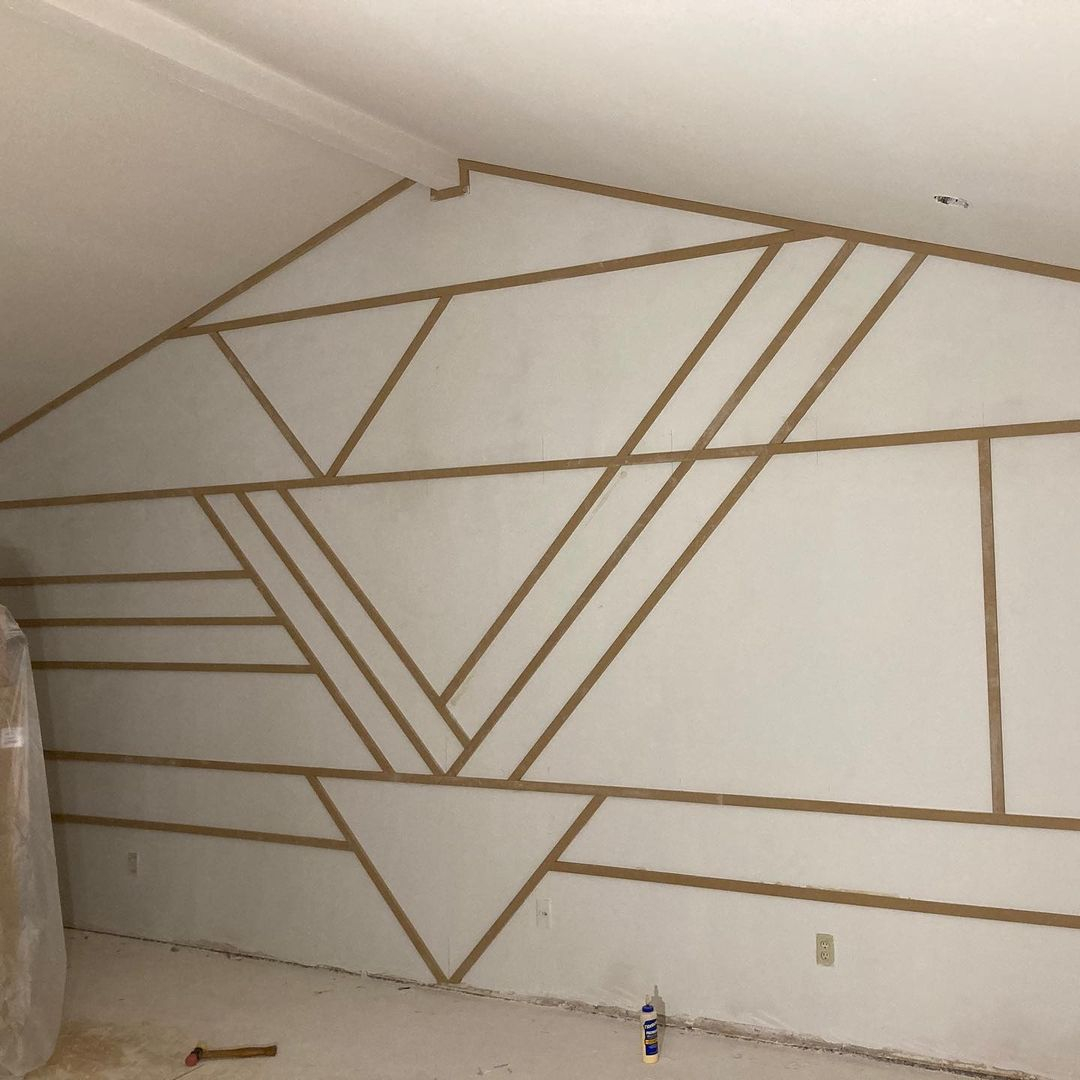
One way you can do to deal with pest control is to use acrylic latex putty. Here you can use it to cover the gap between the trim and the wall so that it will be completely covered. This way pests won’t get inside and cause damage. Caulk wall from @austinhouseflippers
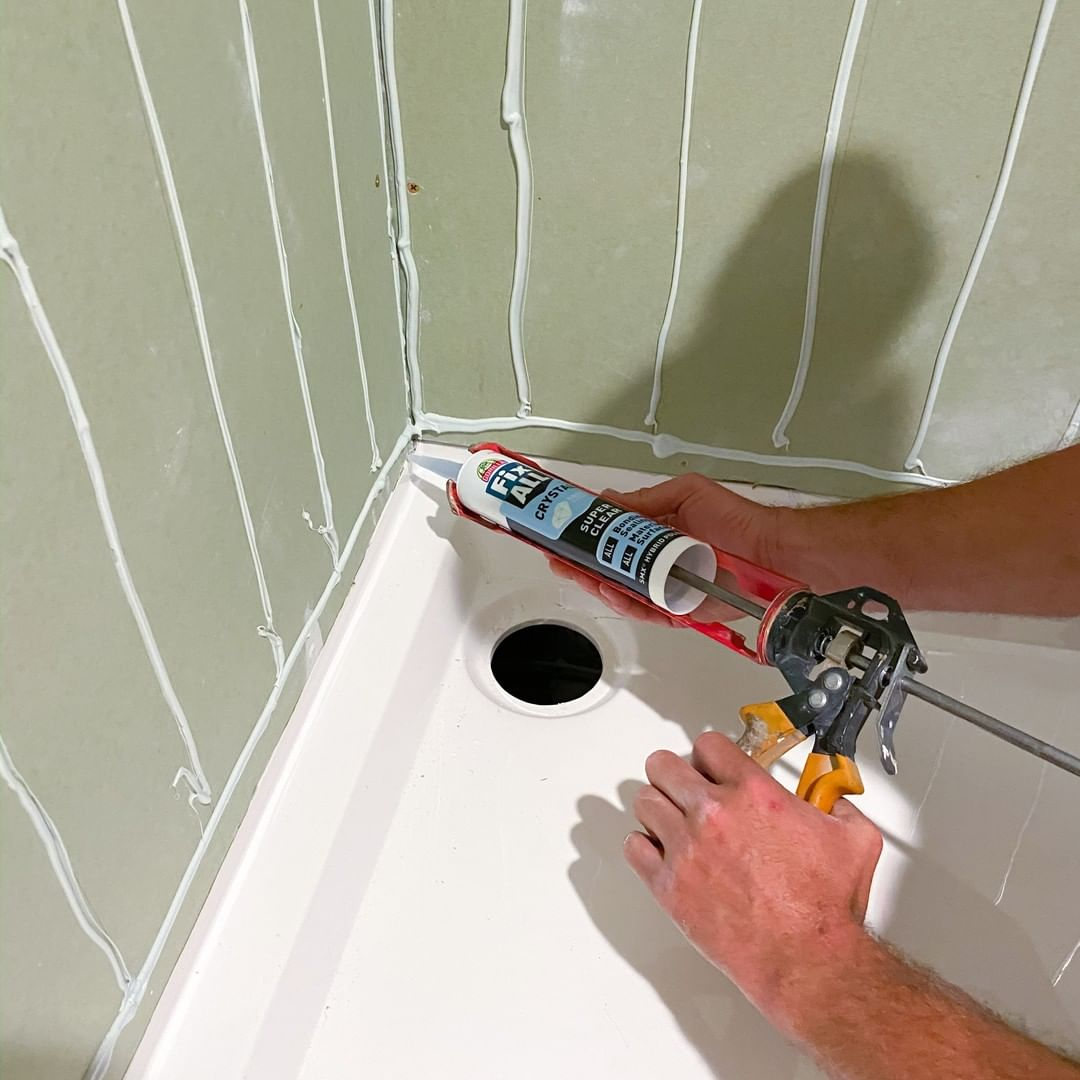
Acrylic latex putty is one that you can use for pest control. Instead of spraying it on, here you can use it to cover the gap between the trim and the wall so it won’t leave any holes. This way pests won’t enter, and your home will look tidier. White Caulk Wall from @gorillanewzealand
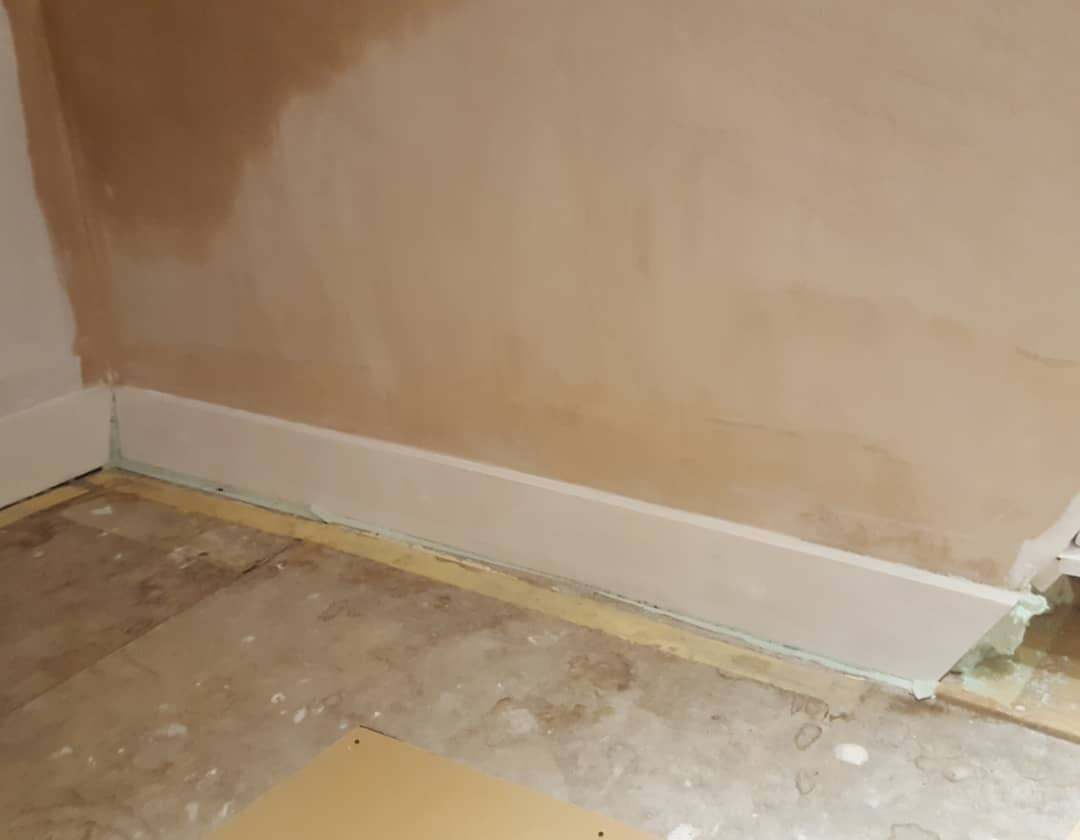
Simple but perfect! this time you can use acrylic latex putty to cover the blemishes on the wall so they will be completely covered. Because the hole will be a nesting place for pests and cause damage. Here you can apply acrylic latex putty and wait for it to dry. Caulk the Gaps from @fayzie_baby
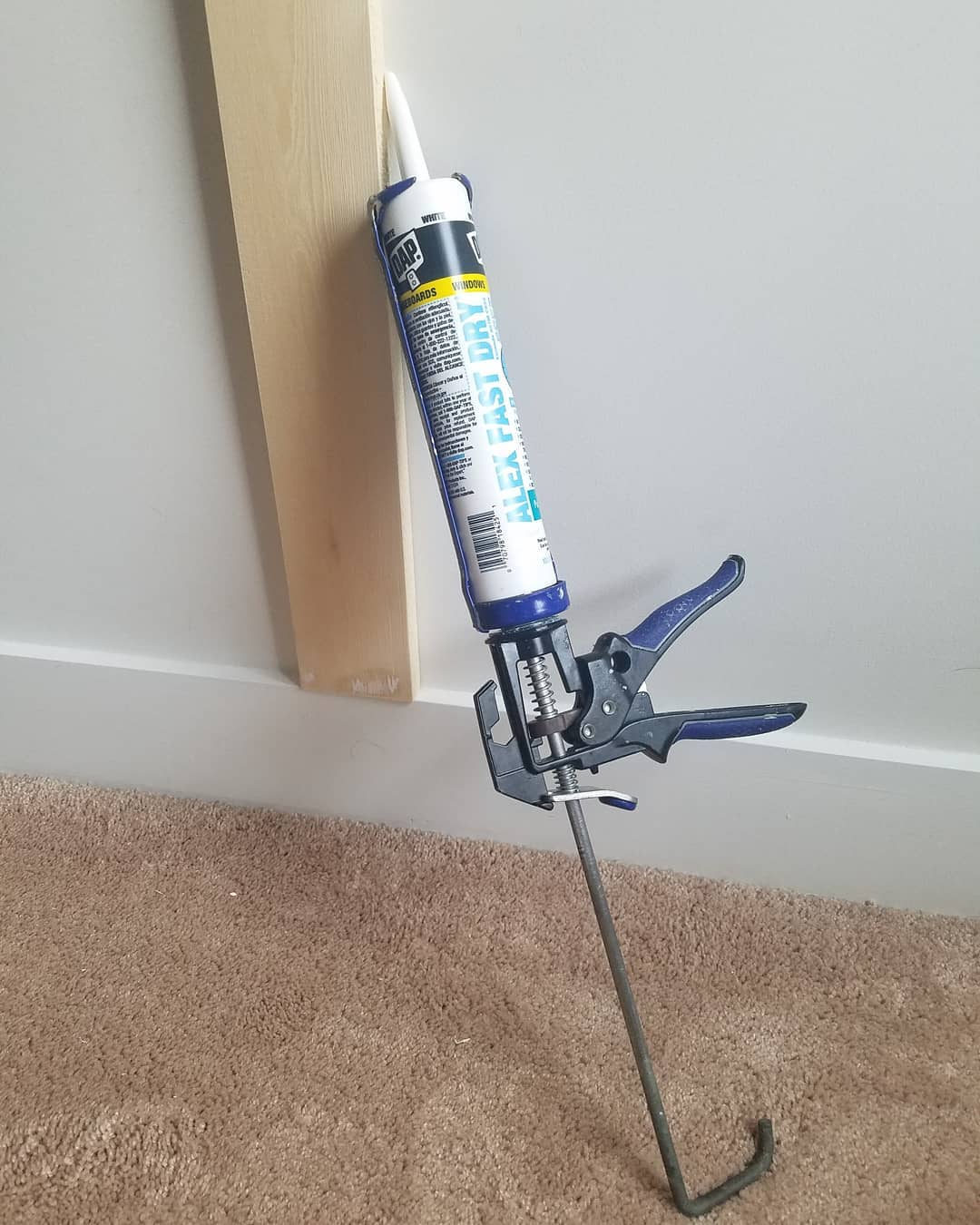
You can never fail to use acrylic latex putty to treat pests in your home. Here you only need to use this putty to patch the gap between the wall and floor by applying it. In this way, there will be no more blemishes for the nesting of pests which will cause further damage. Caulk the Gaps Floor and Wall from @workingmanstruck

Do you have a problem with pests? If so, you can try the following ideas. Here you can use acrylic latex putty to cover the gap between the trim and the wall by applying it. Wait until it dries and the existing holes and blemishes will be completely closed. Caulk the Gaps Wall from @girlthats__los
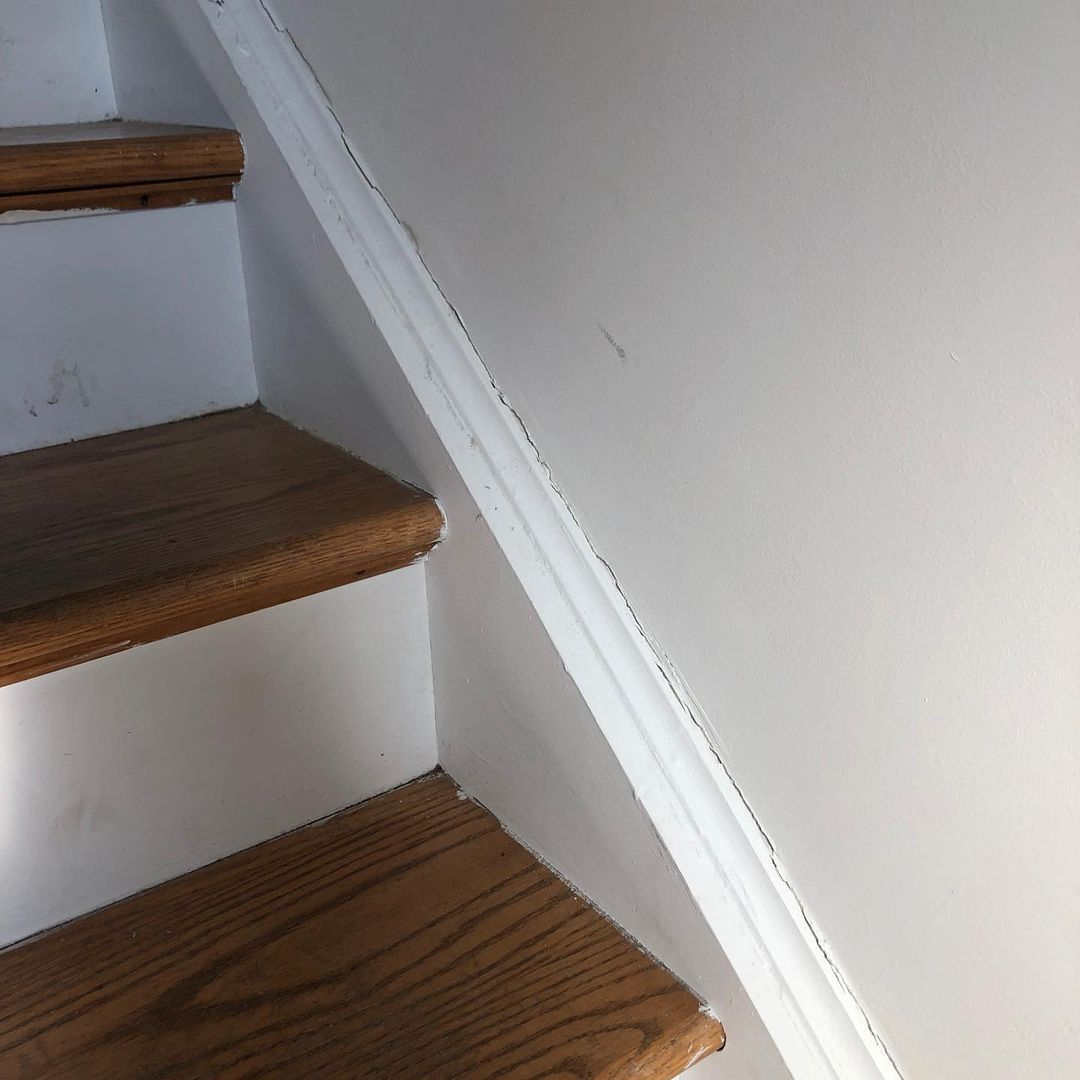
The gap between the trim and the wall is one area that pests love, so you should block it. Here you can use acrylic putty and apply it there to cover up the blemish. Choose a caulk that is the same color as the wall so it will look nice and still block pests. DIY Caulk the Gaps Wall from @lock5finefinishes
3. Weatherstripping
The weatherstripping can be used to seal the doors, windows, or basement sashes. Make sure to clean the surface of the spot where you want to apply the weatherstrip to make it seal well.
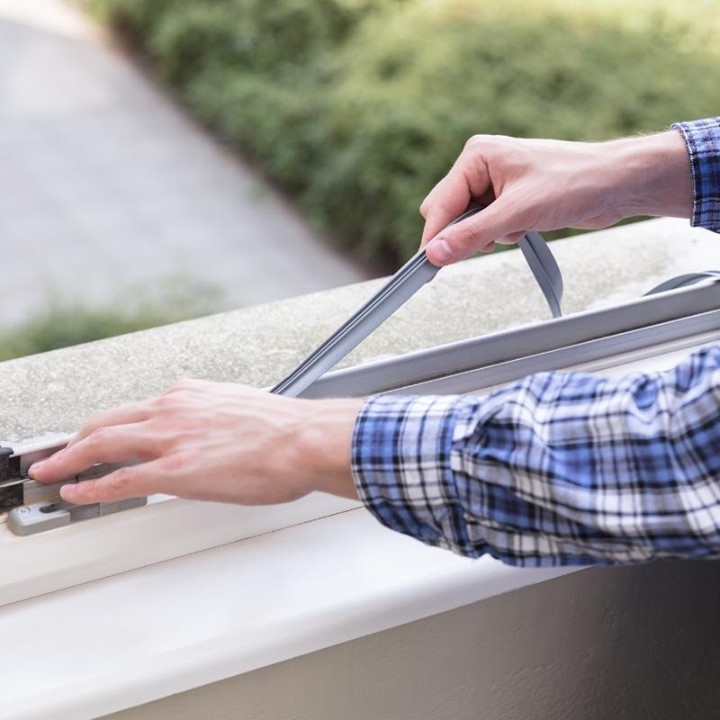
Windows are one area that pests can enter, so you should block them. Install watherstripping on the lower window so that your window will close tightly and will not leave gaps that can be accessed by pests. This method is very easy but still effective, therefore you will never fail to try it. Weatherstripping Window from @suburbanexterminating
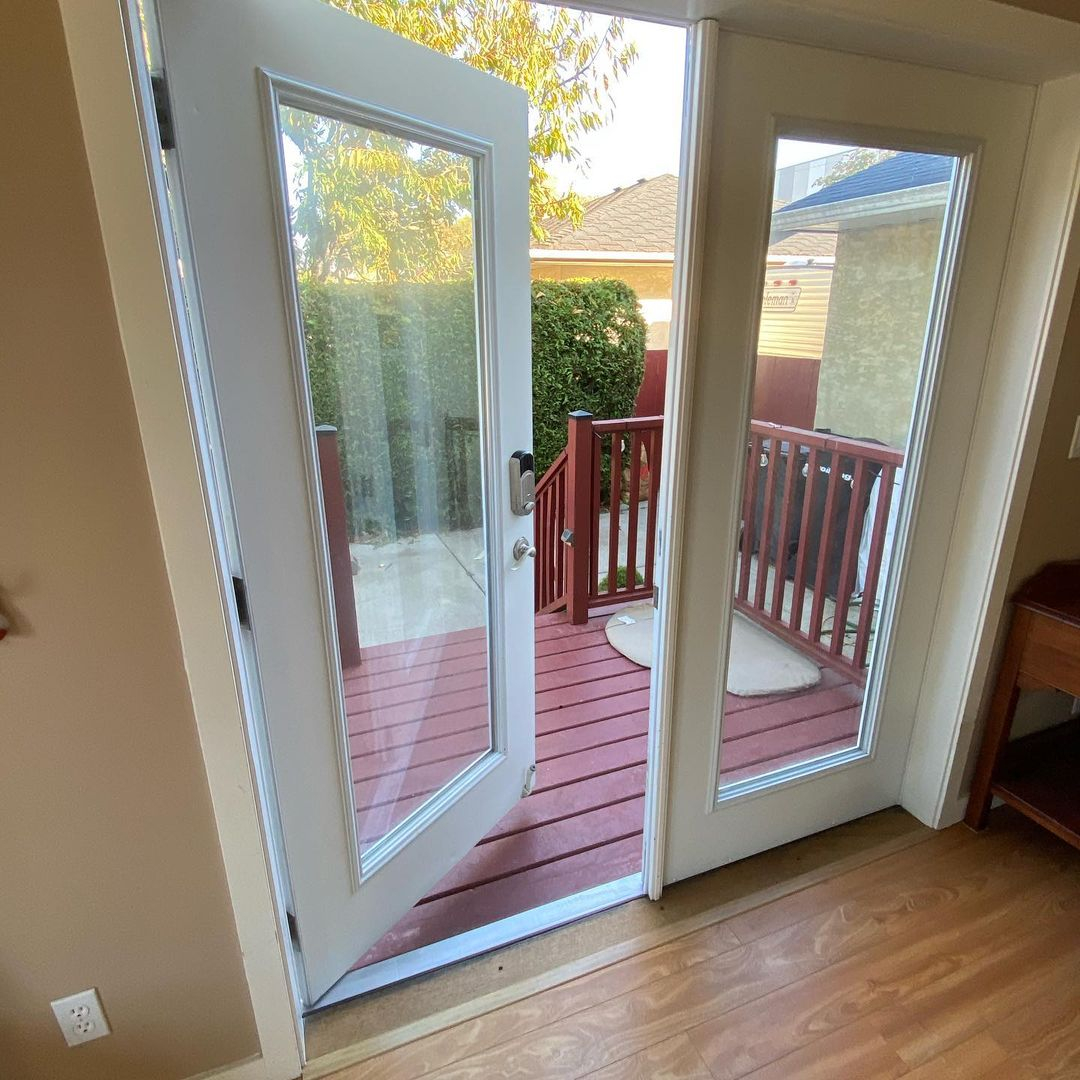
Not only on windows, you can install this watherstripping on the door area so that it can be closed perfectly without leaving any blemishes. Install this weatherstrupping on the bottom of the door so that it can work perfectly. This idea will never fail to apply in your home. Weatherstripping doors from @fixitfernwood
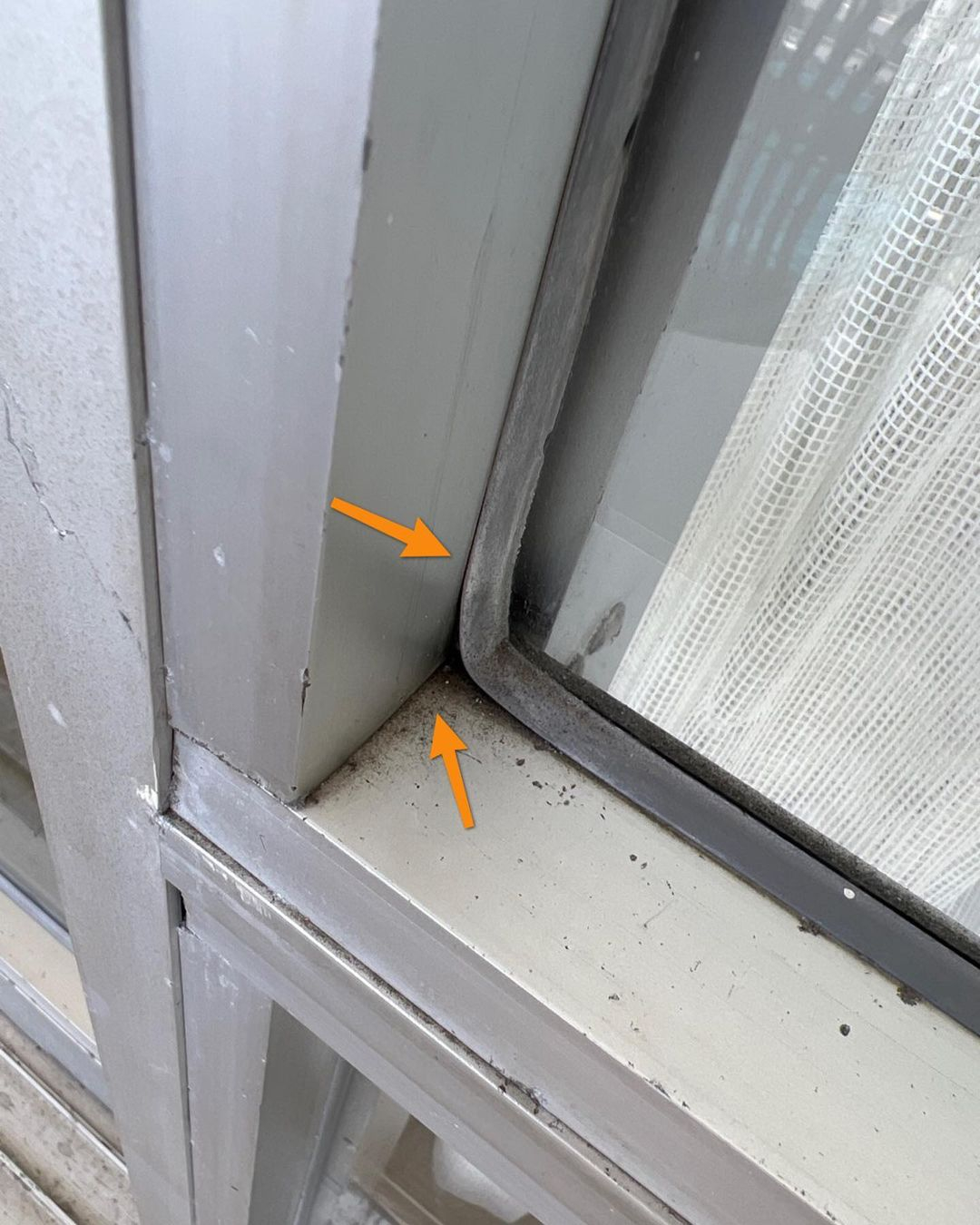
Installing weatherstripping is a simple way to control pests in your home. Make sure your windows are clean before installing the weatherstripping so that they stick perfectly and don’t leave any blemishes. Here you can use weatherstripping that matches the color tone of your window to make it look the same. Grey Window Weatherstripping from @paradisehmi
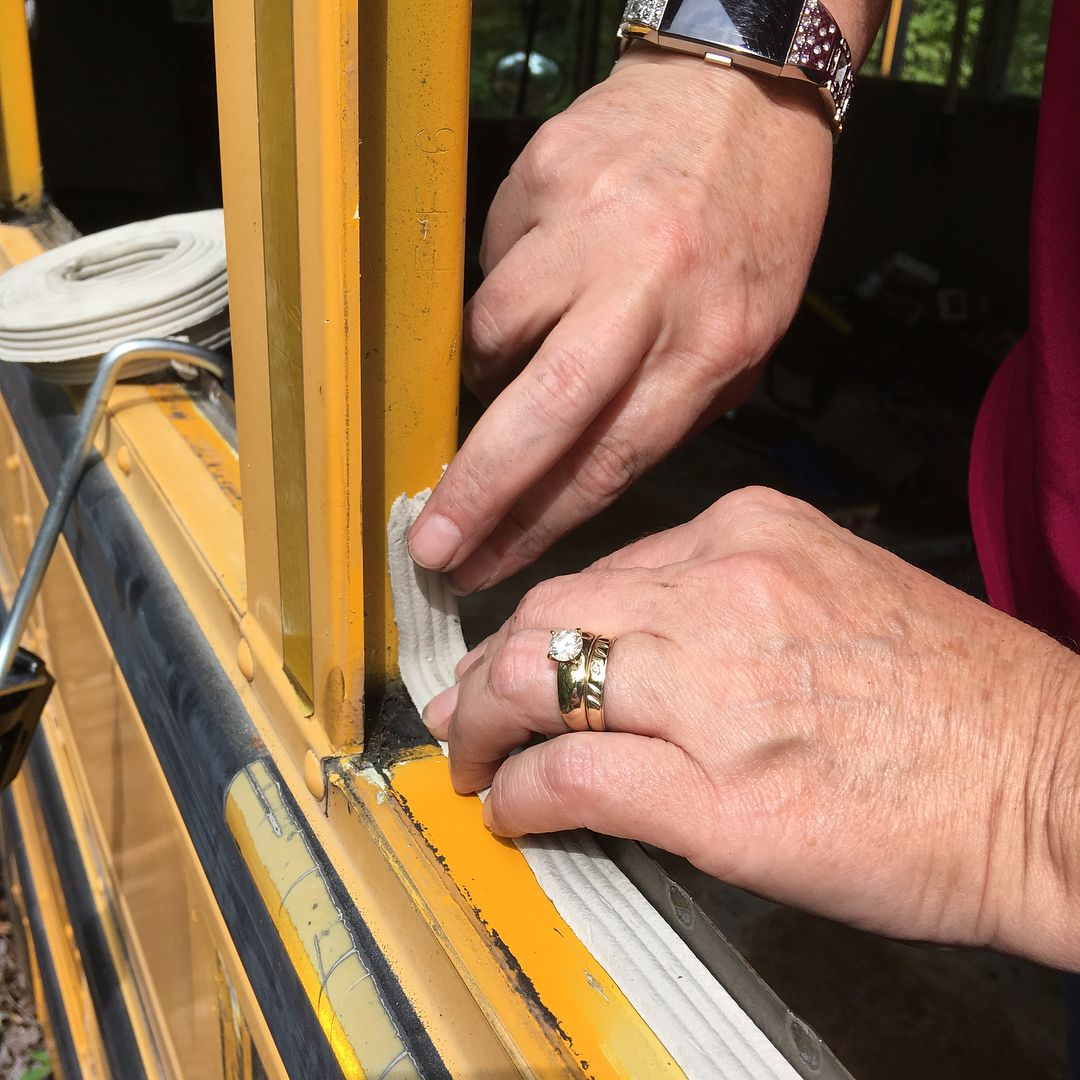
If you want to control pests in your home, one way you can try is to install watherstripping in the window area. This way, your windows won’t be vulnerable for intruders to access. Before installing this watherstripping, make sure your window is clean so that it will stick perfectly. White Window Weatherstripping from @ourskoolie
4. Expanding Foam
For a small crack, we recommend you use the expanding foam. It will be very simple since you just have to spray it and wait until it is really dry. You can cut it and make it smooth not to make it looks different from another surface part.
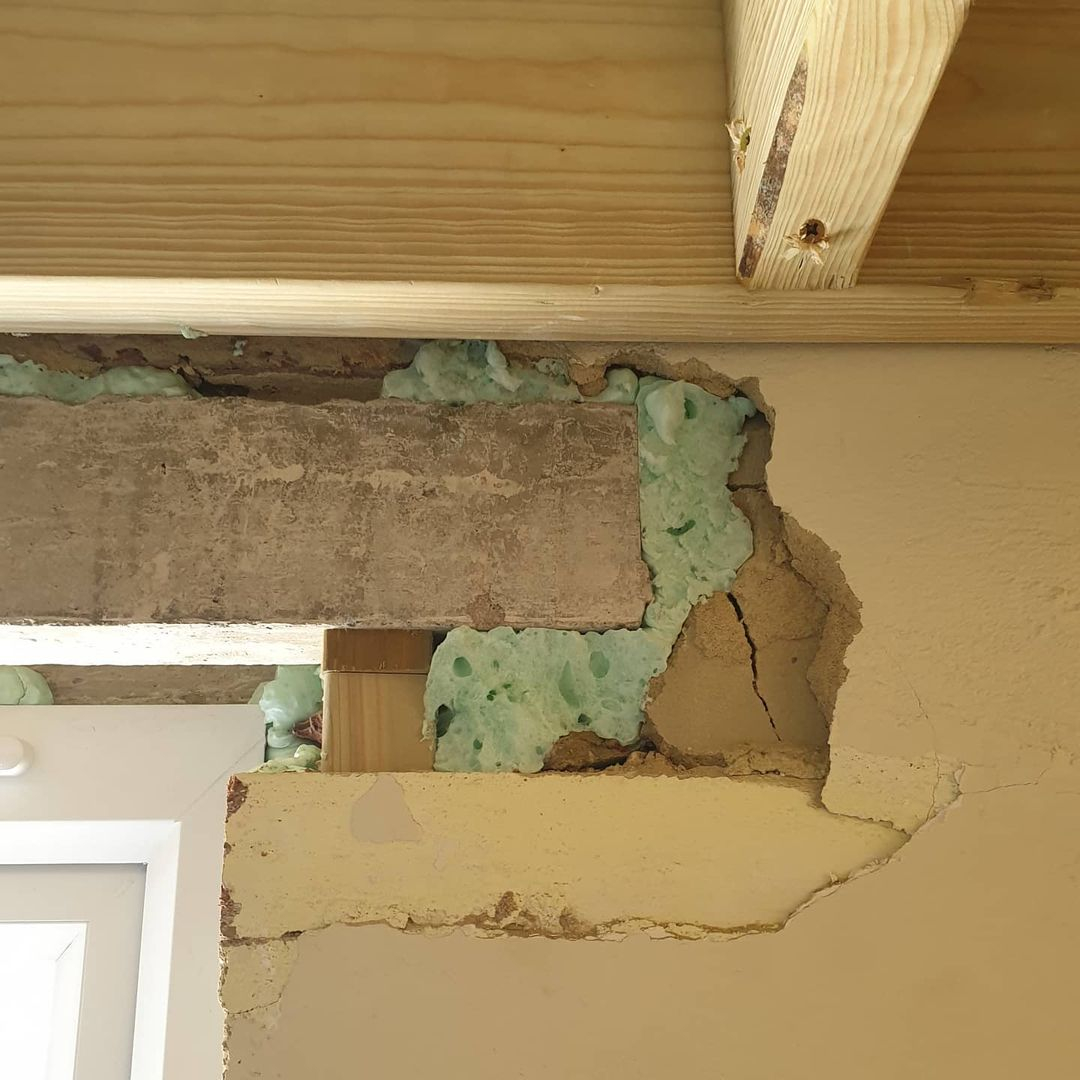
Pretty easy to do but perfect for pest control in your home. This time you can use expanding foam to cover the holes in the wall area. Here you just need to spray this expanding foam on the hollow wall and it will be closed perfectly. Cracked Wall with Green Expanding Foam from @spruce_architecture
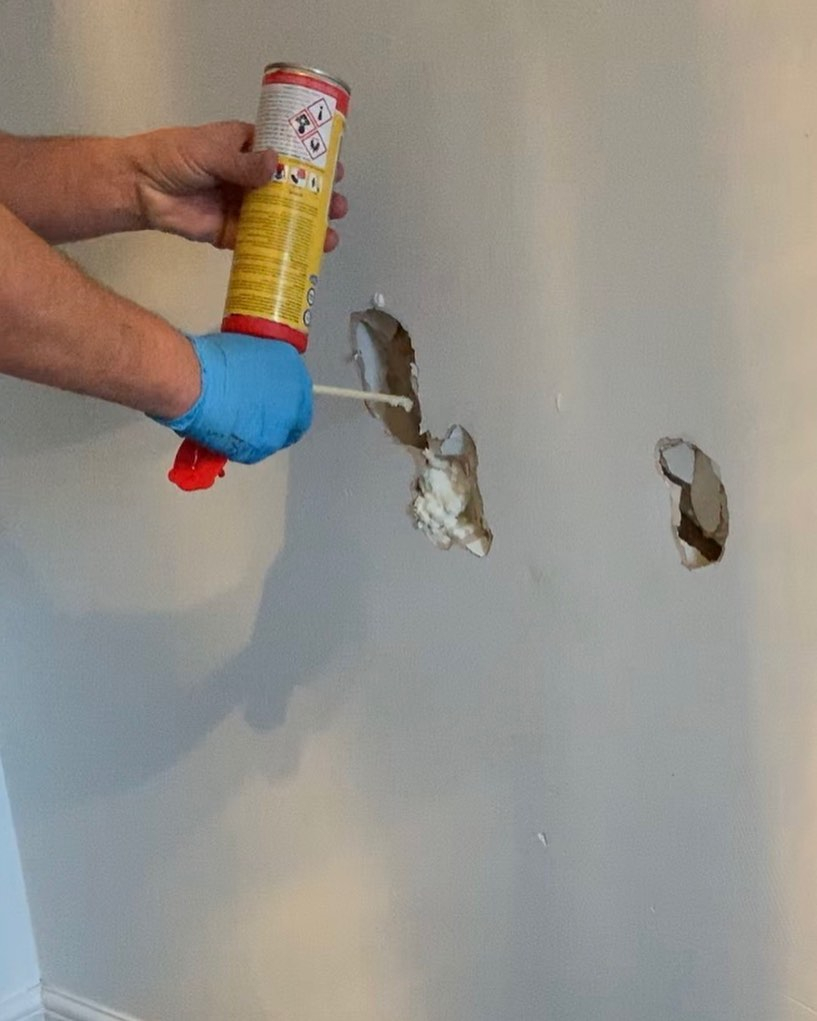
Speaking of dealing with pest control, here you can use expanding foam. Spray this expanding foam on the wall with holes so it will be closed. This way pests cannot enter and will not cause any damage to your home. Spray Expanding Foam on the Behole Walls from @betweenthesefourwalls
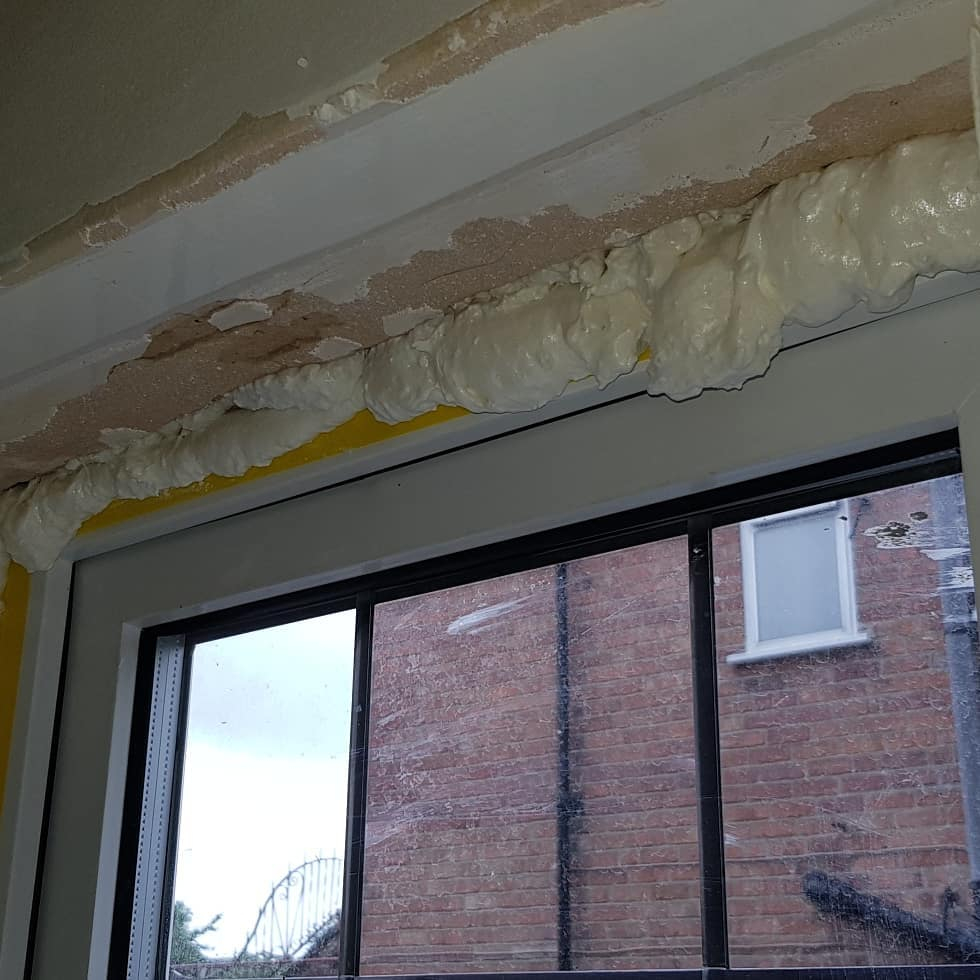
Expanding foam is very effective for dealing with pest control in your home. Because you can use this expanding foam to cover blemishes and holes in the walls. At this point you can use it to cover the gap in the wall above the window so that it will be completely covered. Wall cracks above the windows sprayed with Expanding Foam from @jtdecorating
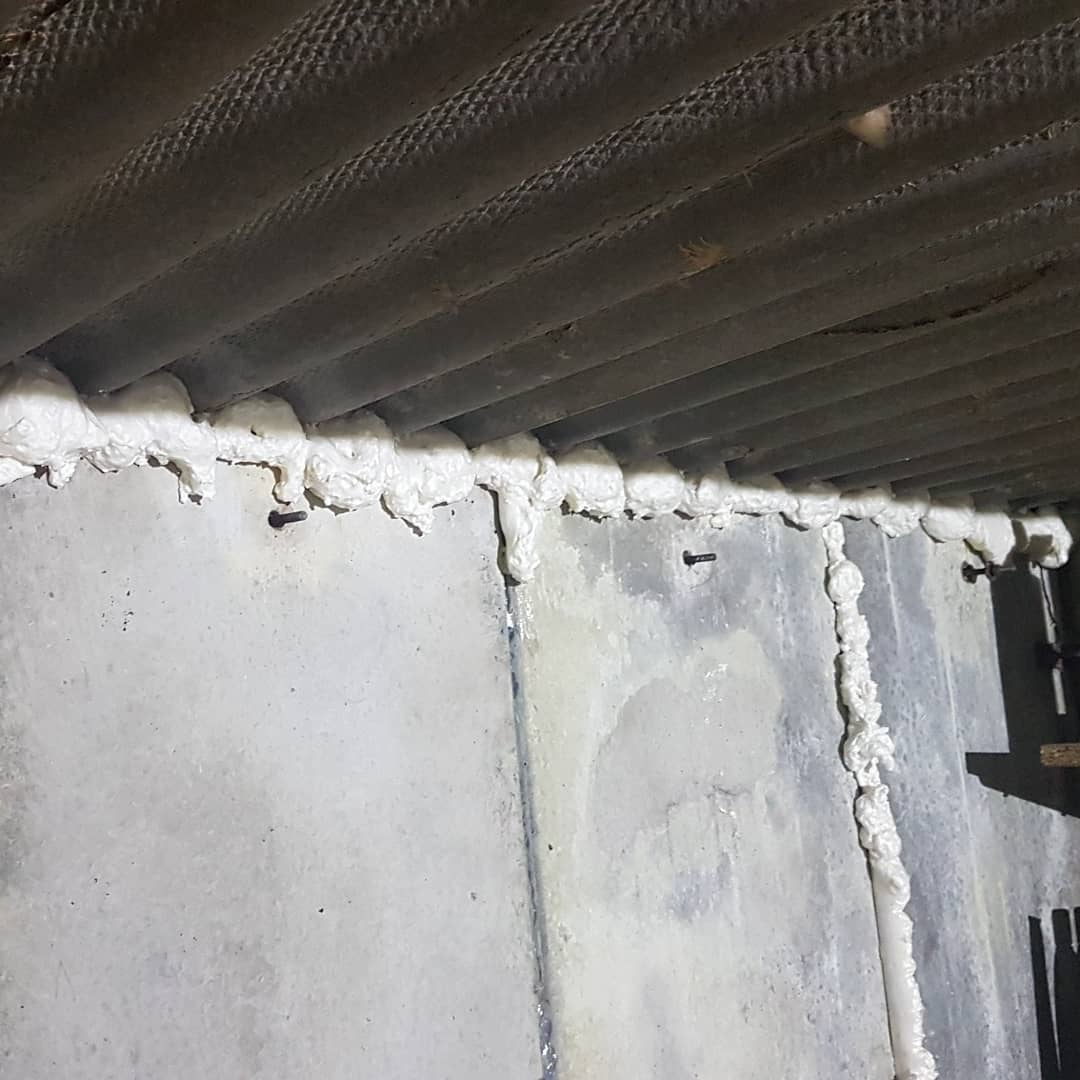
Cracked walls would be the perfect blemish for pests. Here you can close it using expanding foam so that there are no more cracks that pests can access. It’s quite easy here, you only need to spray it on the hollow walls. Vertical Expanding Foam on the Wall from @randomlyset
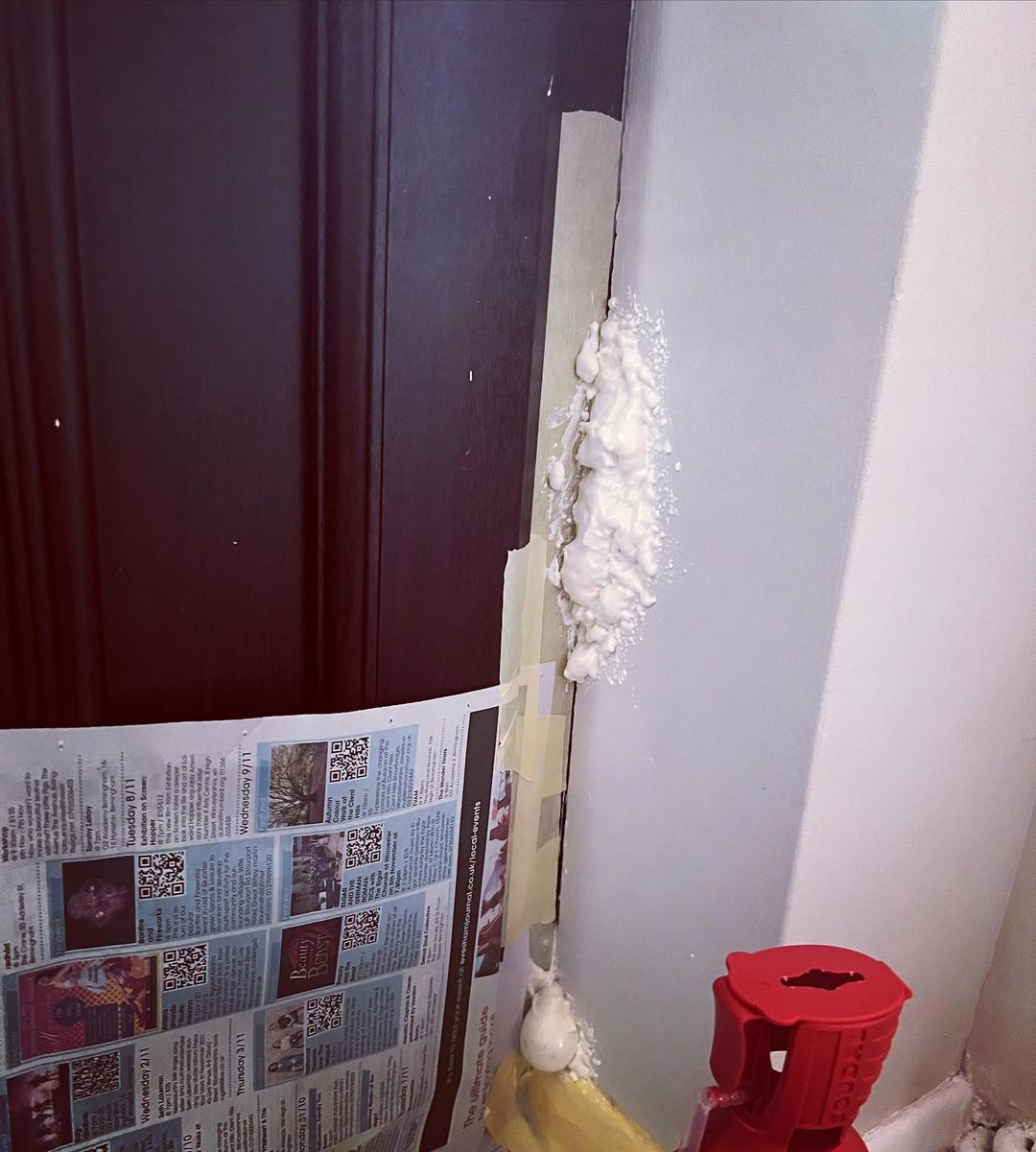
The side wall of the door is one area that is often damaged. Here you can use expanding foam to cover it so it cannot be accessed by pests. This method is very easy for anyone to do at an affordable cost but the results are perfect. Door sidewall crack from @ourfirsthome__10
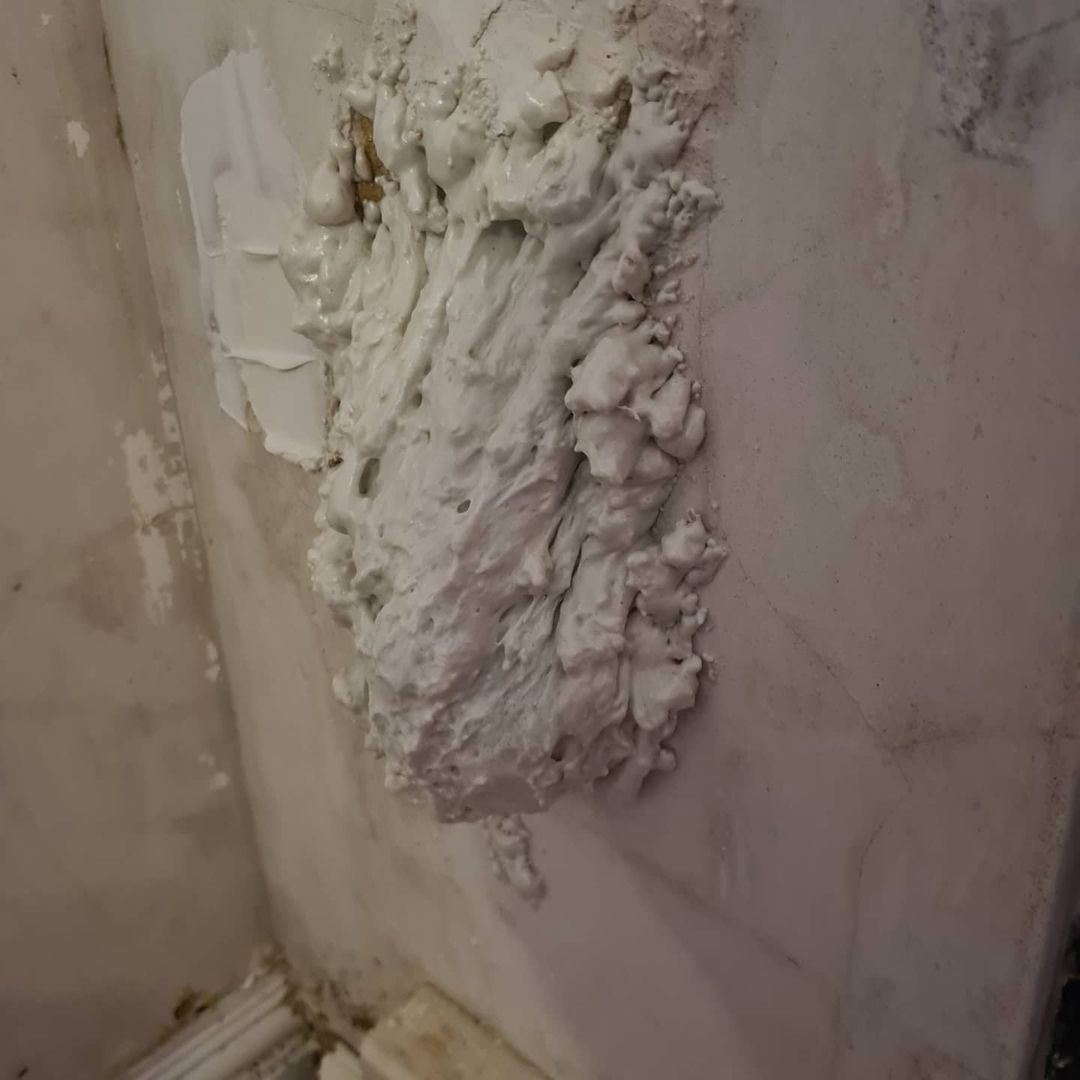
Look at the picture above! We use expanding foam to control pests in the wall area. Here we spray expanding foam on the perforated wall so that it will be covered perfectly. If the surface is not flat, you can wait for it to dry and then cut it to make it look neater. White Expanding Foam for Hollow Walls from @the_frankal_1930s__project
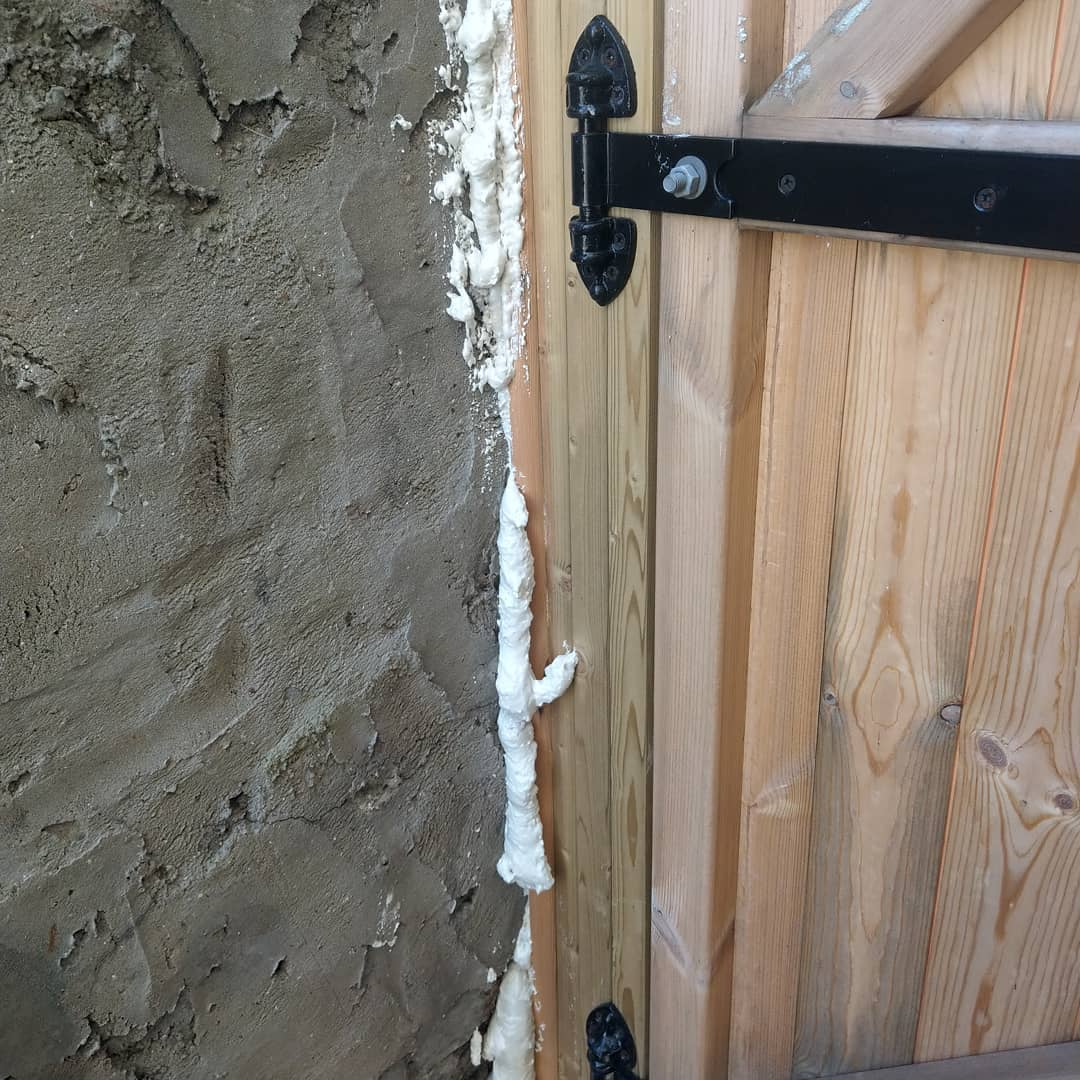
This corner wall has cracks which could result in pests growing there. The owner uses expanding foam by spraying it on the cracked part so that it will be closed and cannot be accessed by pests. In this way, pest control with DIY projects will be successful. Corner Wall Expanding Foam from @erhdulwich


